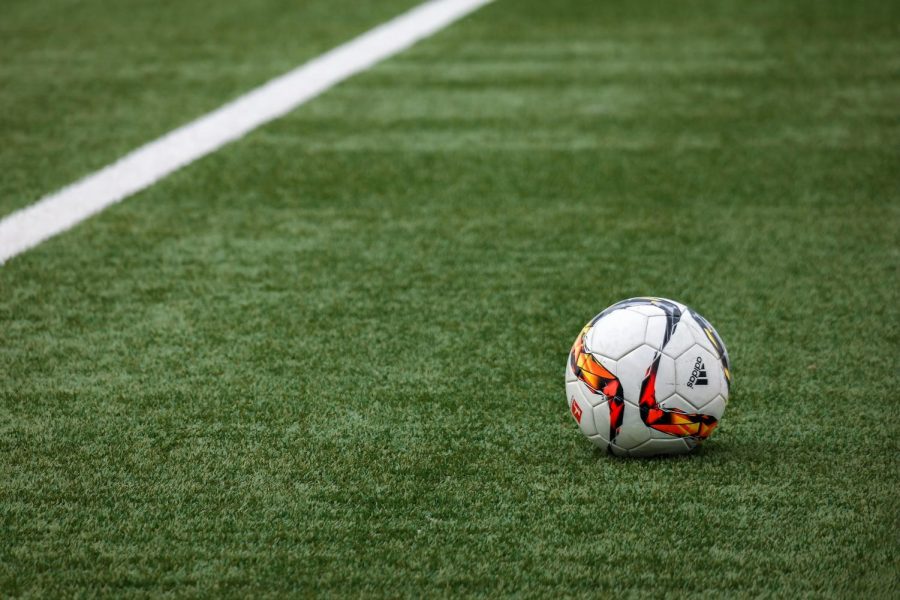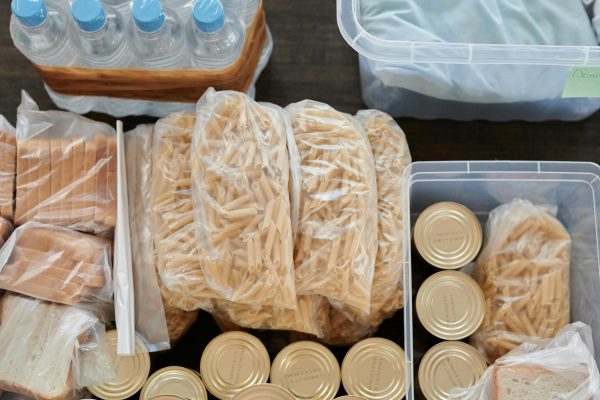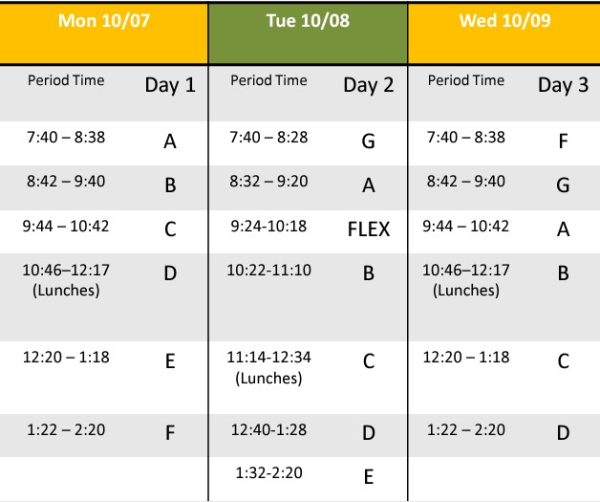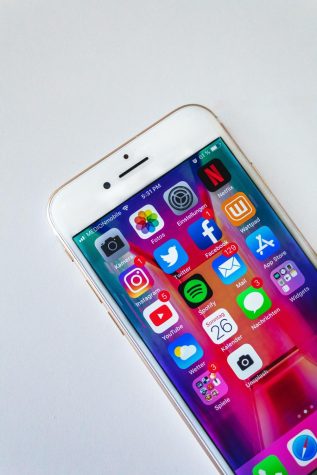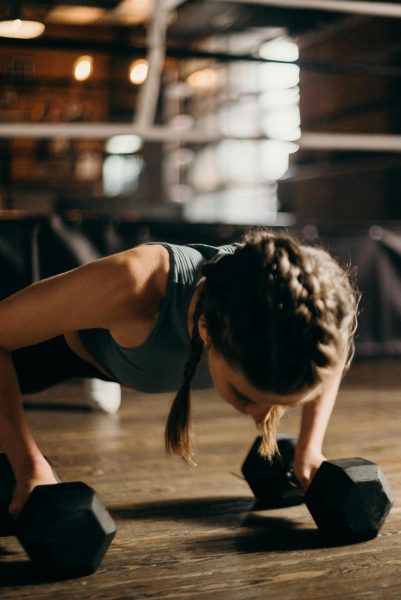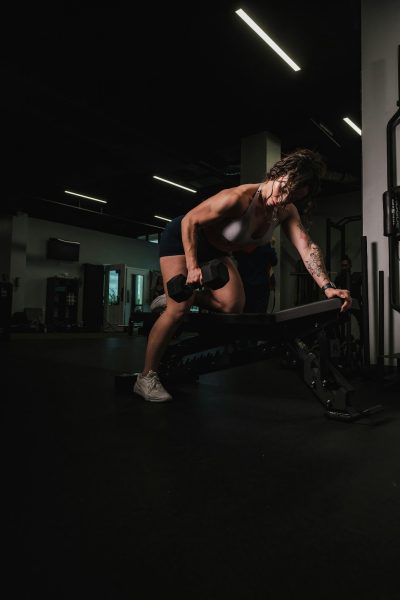Do Artificial Turf Fields Cause Health Issues?
For several years now, people have been trying to figure out the health risks of artificial turf fields. As spring approaches, these questions are being brought back to the center of attention. The Chieftain Press interviewed Marie Rudiman, a toxicologist who works for a company that installs artificial turf fields, to find out more about these possible health risks. Rudiman’s job is to evaluate the potential health risks of artificial turf fields and answer questions that towns may have about the installation of turf fields.
For the last five years, she has analyzed the data taken from the land around an artificial turf field in Concord. While the crumb rubber filling in some of these synthetic turf fields has been found to leak low concentrations of some chemicals, Rudiman says, “the concentrations are low enough that they are not likely to cause a health risk.” However, precautions have still been taken to ensure the safety of the children playing on artificial turf. New fillings have been made to replace the crumb rubber. One of these fillings is called CorkonutⓇ which is made of corks and coconut husks.
When asked if there is any evidence that synthetic turf causes cancer, Rudiman’s answer was a strong “no.” She said there are many studies that looked for carcinogens in artificial turf and “[these studies] have not found evidence of a link between synthetic turf fields and cancer.”
While there are no toxicity-based health risks of artificial turf, Rudiman said the fields can get dangerously hot in the scorching summer sun and they have been known to cause severe burns. However, there are ways to deal with this. Some places water down their fields in order to cool them off. There have also been new kinds of filling that replace the original crumb rubber. These new fillings are less prone to overheating.
In contrast, artificial turf is actually better than natural turf in the colder months. When the ground freezes, artificial turf stays a softer surface which is safer to play on. It is also much easier to clear snow off of artificial turf. For this reason, teams get more playing time and a longer season from artificial turf than from natural turf.
In terms of cost, it is unclear which type of field is better. While artificial turf is much more expensive to install, the upkeep of artificial turf is less expensive than natural turf. Overall, artificial turf is slightly more expensive, because it has to be replaced every 15 to 25 years. However, it really depends on whether a town wants to pay for their field over time or all at once.
Despite synthetic turf posing minimal health risks, some towns are still concerned about environmental factors and choose instead to stick with natural turf. While this works for some towns because they already have many big open fields for teams to play on, other towns simply don’t have room for all of these fields. This makes the longer playing time of synthetic turf fields a great alternative.

